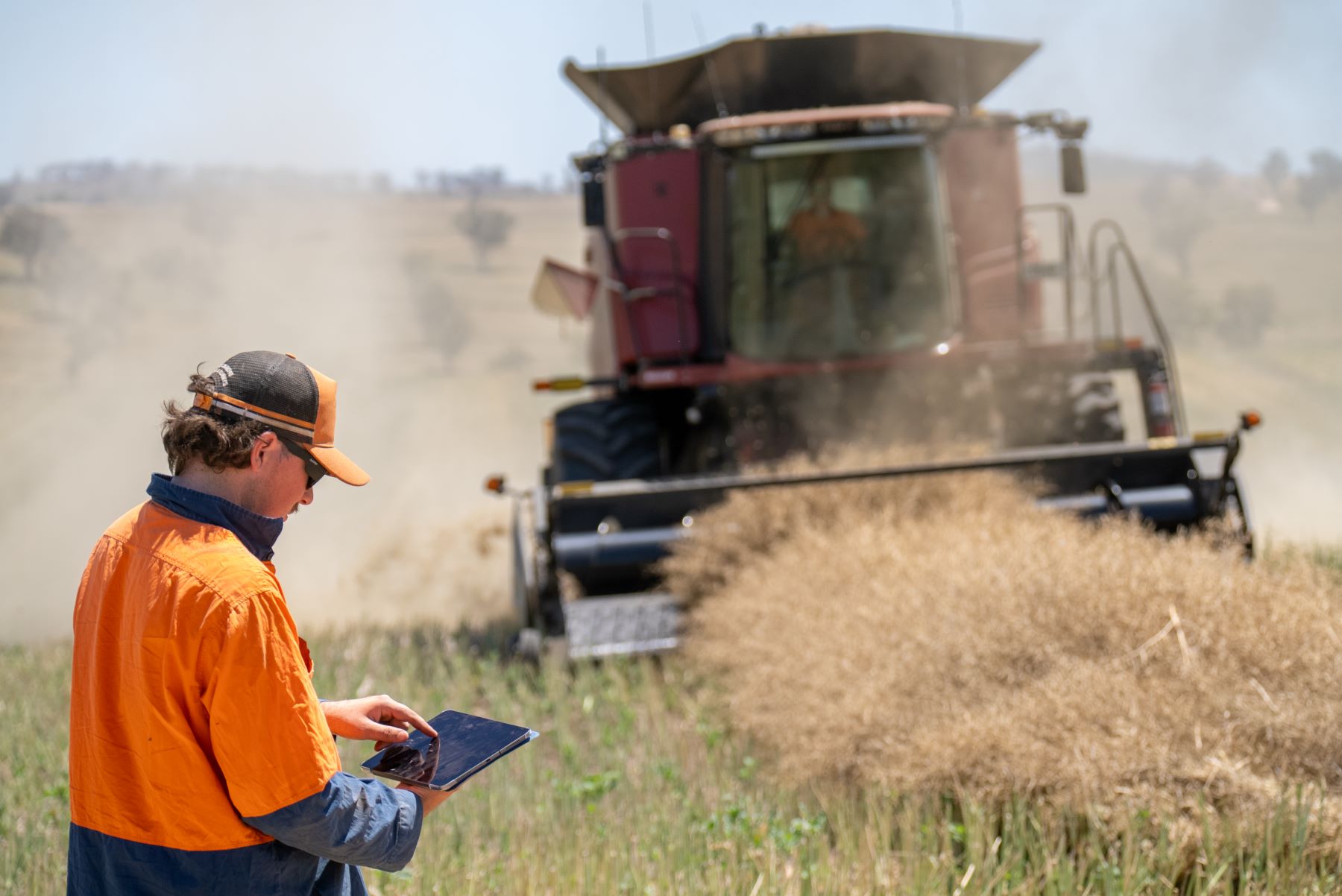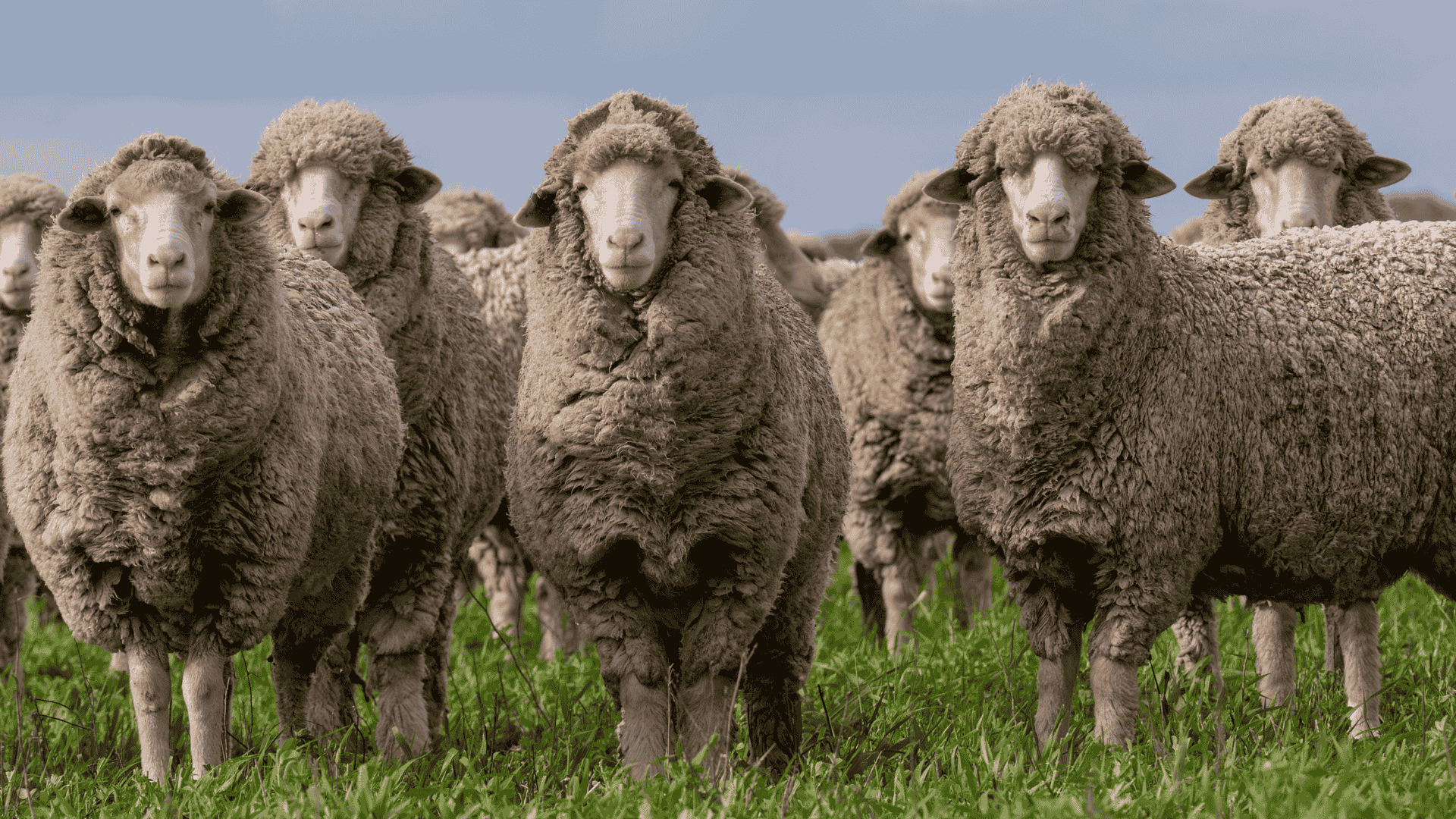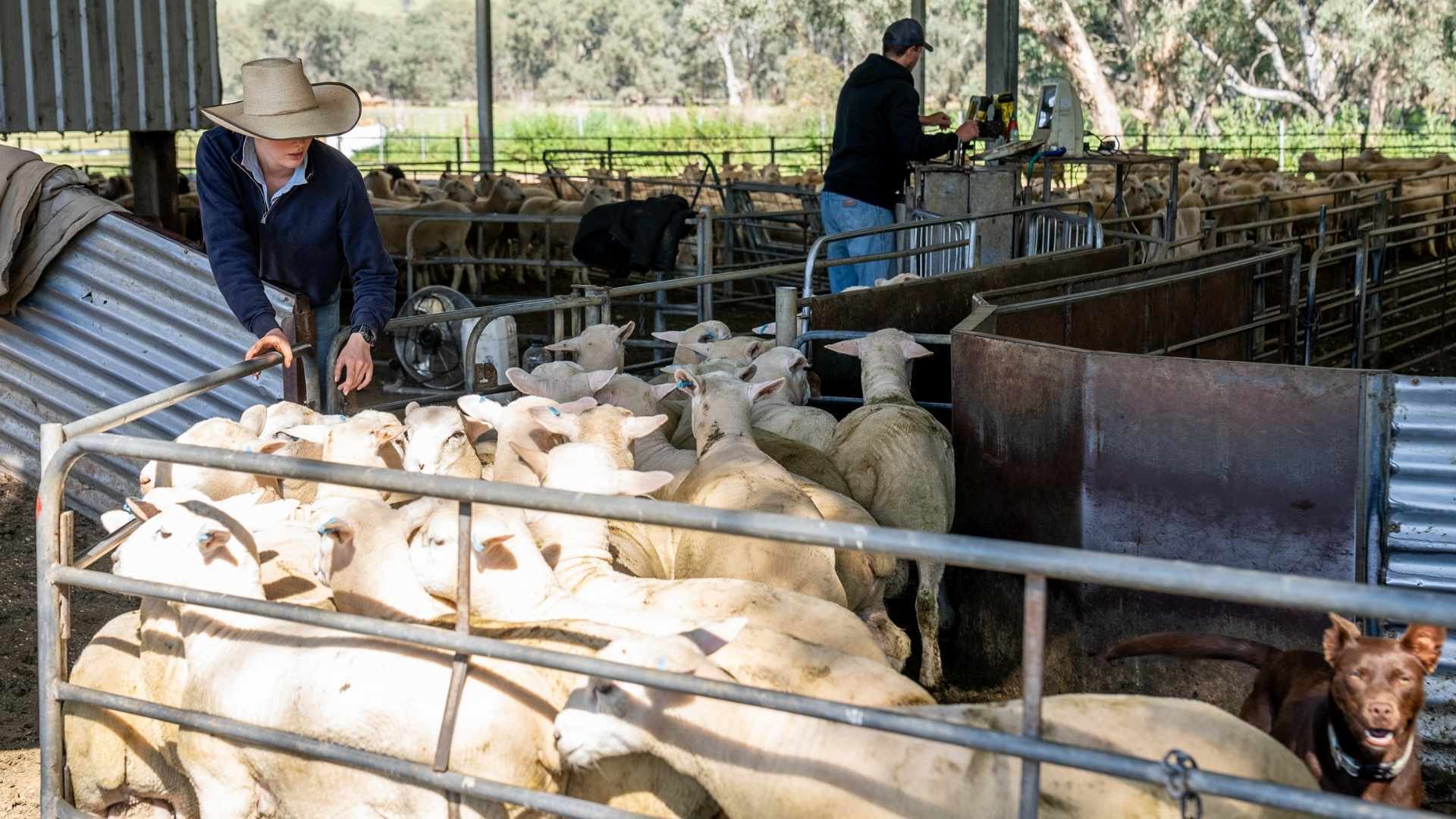Wool market opens 2026 with best first-week result since 2011
The Australian wool market has returned from the Christmas recess with a powerful start to the calendar year, delivering sharp gains across most...

To effectively run a farm business you need to have a plan, in fact you need three.
Today we will look at the three different areas of planning and how they fit together.
The first part of a strategic plan is identifying the big picture, or what we call the helicopter view.
This can include things like determining which breed of cattle you want to have on your farm.
The second part is trying to articulate that into a document that covers a five or 10-year timeframe that helps you achieve those big picture goals.
We suggest the plan is a formal document. This is an area I’ve found people can benefit from some help from advisors.
The personal and business goals of someone in retirement phase may be vastly different to that of a younger person. This document needs to have all those compromises in it.
When there’s conflict or people are not on the same page, it helps steer the ship back to the original plan.
It’s particularly powerful when you have a multi-generational business and employees to pull everyone onto the same path.
It’s also great when you need to go to the bank and get some finance.
For some complex businesses it can be quite a long document including financial information, a production plan, marketing plan, environmental management, WHS and infrastructure plan. The inclusion of a SWOT plan is a helpful addition as well.
Tactical planning is for a 12-month window, which focuses on things like the weather and market outlook as well as a stocktake on fodder and your spare cash.
Then you plan the year. The paddock plan is important but also planning six or eight weeks out if there is feed and shelter ready. It helps make an efficient business.
Those who do it well know when the big jobs are coming.
This is written down somewhere, usually on a whiteboard, but some people are starting to do this digitally as well.
There’s some quite good project management software that could play a role for complex businesses. Most farms don’t need that level of complexity.
That’s not a one-off exercise. Best practice is having a quarterly meeting to talk about tactical planning.
The first agenda item is to review the budget, including a budget to actuals analysis, and a revised budget looking forward.
This is short-term planning, covering what you are going to do this week.
Think of a toolbox meeting, coffee on a Monday morning or a beer on a Friday night.
This is really important for multi-generational businesses, particularly if they have employees.
Have a yarn about what’s coming up that week.
One of the drivers of profit is operational timeliness, so to be able to get the jobs done on time is massive.
If you’re unsure where to start, start with the big picture. It’s important that each of these steps aren’t in conflict with each other.
You don’t want your strategic plan plan to be ‘we’re going to be the best Angus stud breeder in North East Victoria’ and then dad goes off and buys a $40,000 Hereford bull. You laugh, but this kind of thing happens.
You need to start in the helicopter, so you can make sure that whatever you’re doing isn’t in conflict with the big picture and everyone is on the same page.
It’s amazing how powerful these things are.
Most of it’s not knew stuff, it’s just a process of getting it out of people’s head. The process for that is to write it down.
I also recommend sharing it with employees.
You should review strategic plans if not every year, every two years, because business and personal circumstances change.
It also forms the basis for work plans. For example, if you want to plant 1500 trees a year and fence off all your dams, you work out how to make that happen.
You can also go back “up into the helicopter” and see all your hard work paying off and all you have achieved during this review, which is very rewarding.
I’m seeing environmental and sustainability problems feature in strategic plans more and more. This is often driven by the younger generation, but it’s surprising how often the older generation is completely on board with it as well.
It takes some time and effort but once you’ve done some thinking it’s really just following the recipe.

The Australian wool market has returned from the Christmas recess with a powerful start to the calendar year, delivering sharp gains across most...
.png)
The introduction of China’s beef safeguard tariff in 2026 has sharpened the focus on where exposure sits within Australia’s beef export sector. Using...

Lamb prices reached unprecedented levels in 2025, with the Heavy Lamb Indicator peaking at 1,245¢/kg carcase weight (cwt) in August. The key question...